Wood work: Louise Nevelson’s monochrome sculptures fill Pace London
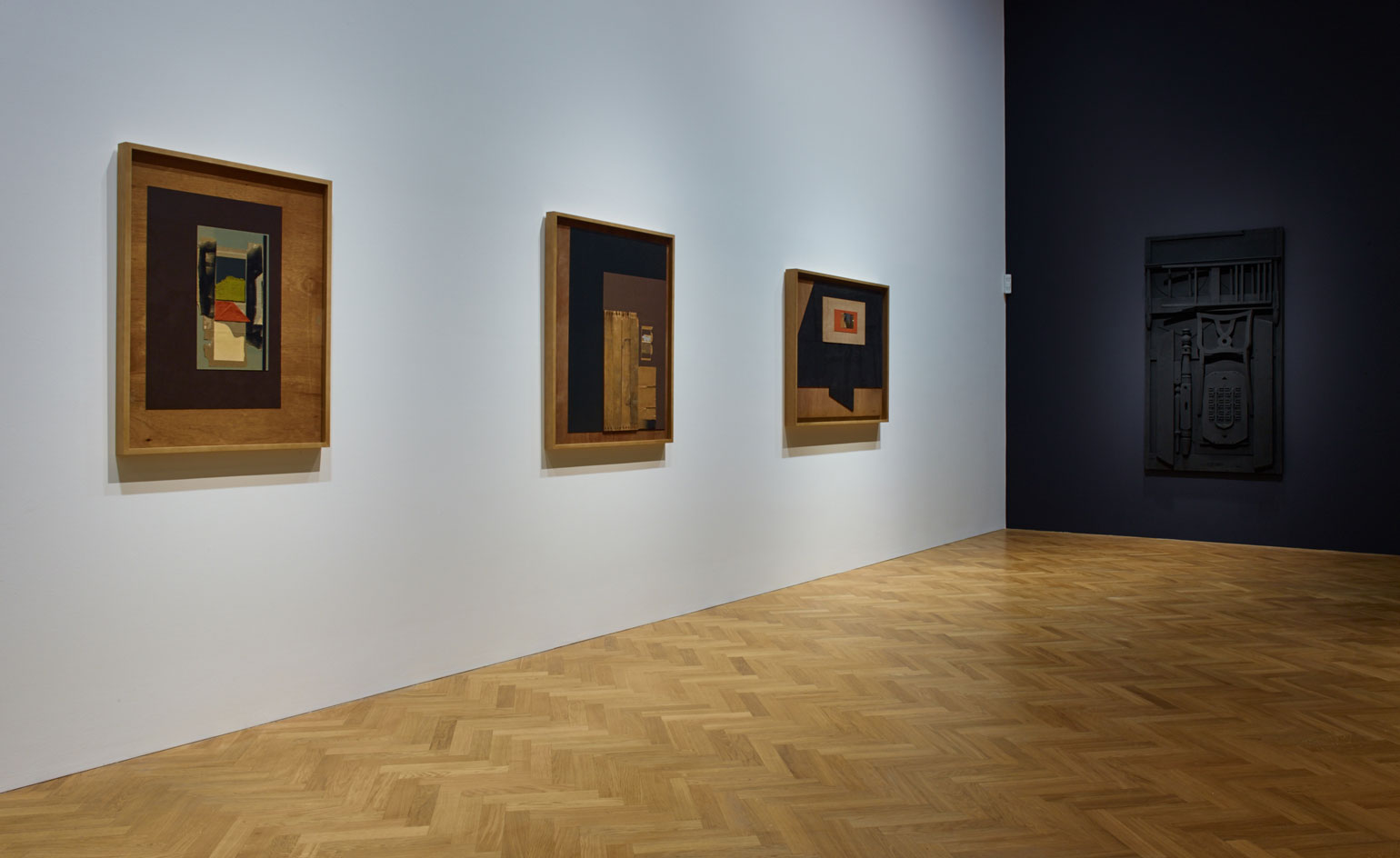
In the flamboyant heyday that was post-war New York, a 60-year-old Russian expat with fake eyelashes and a passion for headscarves was the artist of the moment.
Photographed by Cecil Beaton and Robert Mapplethorpe, Louise Nevelson is now considered to be one of the most iconic and vital figures in the art world, regarded for her groundbreaking sculptural environments and her contribution to installation art, defying categorisation. Paving the way for the development of feminist art in the 1970s, Nevelson’s work challenged the taboo that only men’s work could be large-scale.
For the 26th time since 1963, and her Pace Gallery London debut, Nevelson's work will take over Pace Gallery with a show surveying her work from the mid-1950s until her death in 1988. Salvaging small pieces of scrap wood from old buildings and then nailing and gluing them together, Nevelson created sculptures which ranged from small assemblages to free-standing columns and monumental wall-based works, then painting them in a solid colour – most famously black or white. The artist purposefully selected wooden objects for their evocative potential, however after having risen to fame for her wooden sculptures, she also explored materials such as plexiglass, aluminium and steel.
In addition to the presentation of a collection of significant monochrome sculptures, the exhibition will also include steel maquettes the artist produced for public spaces, exhibited in Chicago and at Harvard University. Thames & Hudson will also be releasing a book about the artist next autumn called Louise Nevelson: Light and Shadow by Laurie Wilson.

During the mid-1950s she produced her first batch of black wood sculptures, which the Whitney Museum decided to acquire, leading to her big break

Despite the unconventional materials used in her art, Nevelson’s works established her reputation for sculptural bravado

Although primarily a sculptor, Nevelson shared with abstract expressionist painters an interest in creating large works that play with line, flatness and scale

Like her contemporaries Mark Rothko and Barnett Newman, Nevelson was interested in the sublime and spiritual transcendence

Outside of her influence on feminist art, her sculpture also heavily influenced the development of installation art of the late 1960s and 1970s
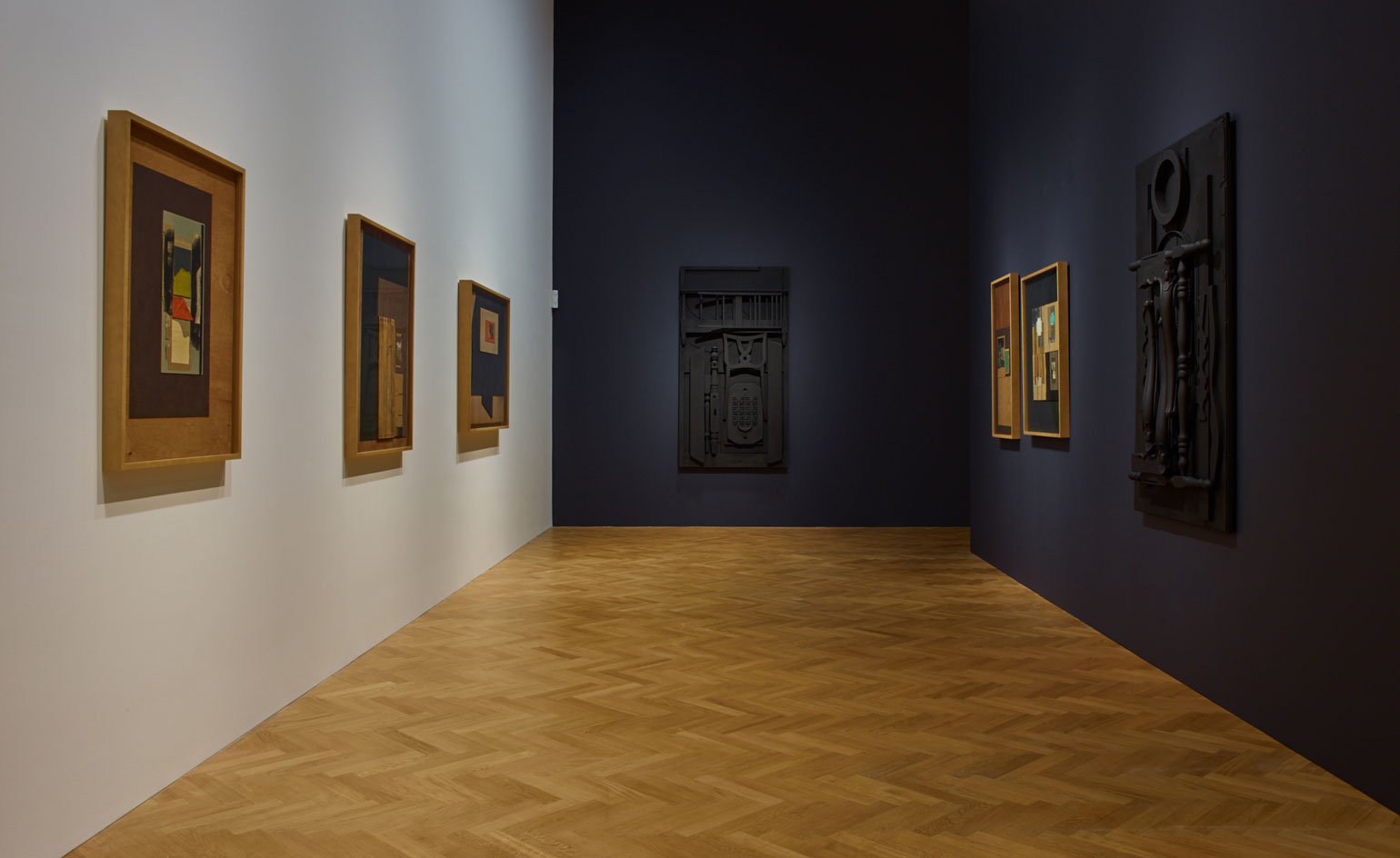
Nevelson’s work is fundamental to the history of feminist art, as it challenged the dominant stereotype of the macho, male sculptor
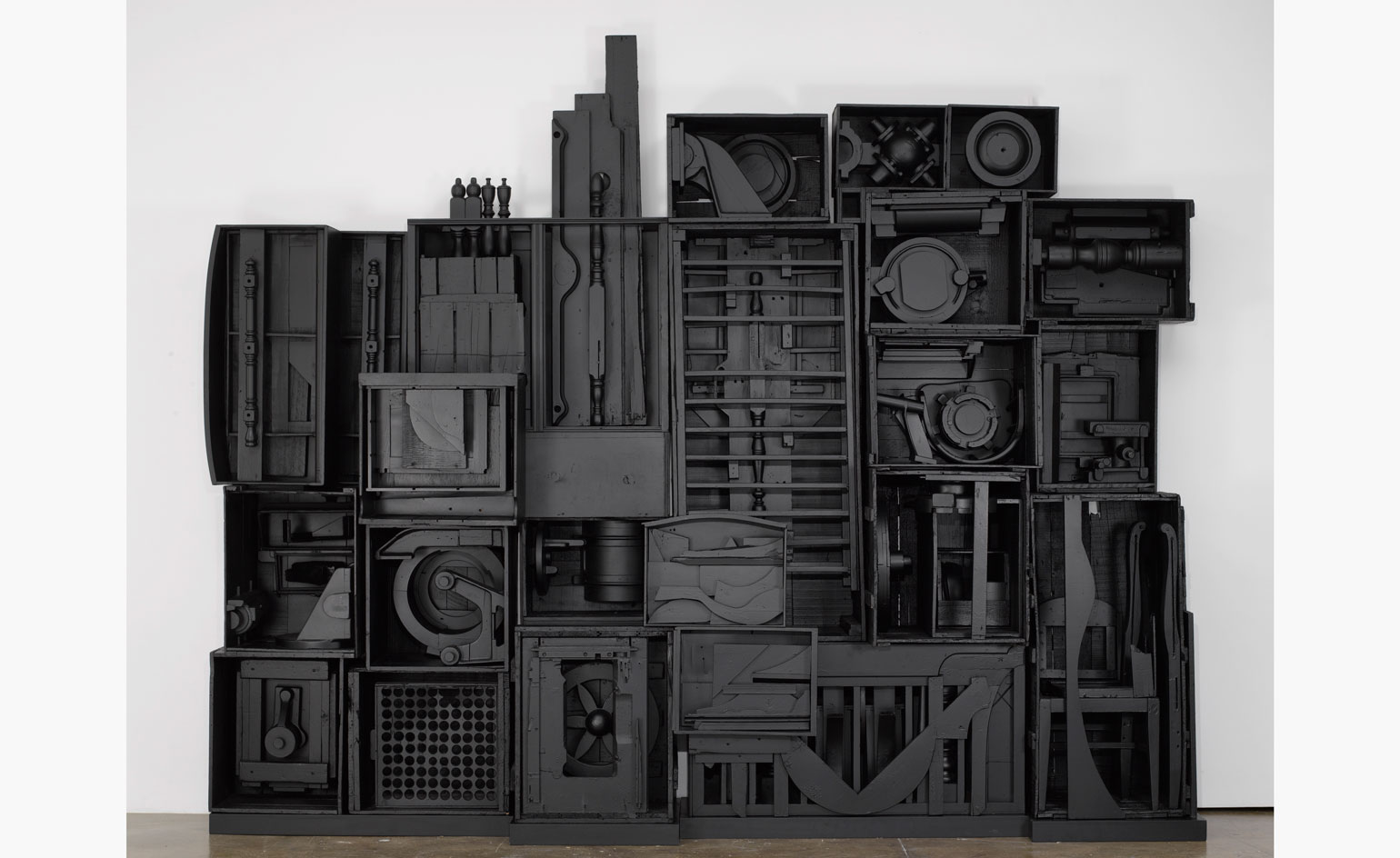
Untitled, c. late 1970s, wood painted black. Courtesy of Pace Gallery
INFORMATION
Louise Nevelson will be on view until 16 July. For more information visit Pace Gallery London’s website
Photography: Courtesy of Pace Gallery London
ADDRESS
6 Burlington Gardens, London W1S 3ET
Receive our daily digest of inspiration, escapism and design stories from around the world direct to your inbox.
-
 Year in review: the shape of mobility to come in our list of the top 10 concept cars of 2025
Year in review: the shape of mobility to come in our list of the top 10 concept cars of 2025Concept cars remain hugely popular ways to stoke interest in innovation and future forms. Here are our ten best conceptual visions from 2025
-
 These Guadalajara architects mix modernism with traditional local materials and craft
These Guadalajara architects mix modernism with traditional local materials and craftGuadalajara architects Laura Barba and Luis Aurelio of Barbapiña Arquitectos design drawing on the past to imagine the future
-
 Robert Therrien's largest-ever museum show in Los Angeles is enduringly appealing
Robert Therrien's largest-ever museum show in Los Angeles is enduringly appealing'This is a Story' at The Broad unites 120 of Robert Therrien's sculptures, paintings and works on paper
-
 Rolf Sachs’ largest exhibition to date, ‘Be-rühren’, is a playful study of touch
Rolf Sachs’ largest exhibition to date, ‘Be-rühren’, is a playful study of touchA collection of over 150 of Rolf Sachs’ works speaks to his preoccupation with transforming everyday objects to create art that is sensory – both emotionally and physically
-
 Architect Erin Besler is reframing the American tradition of barn raising
Architect Erin Besler is reframing the American tradition of barn raisingAt Art Omi sculpture and architecture park, NY, Besler turns barn raising into an inclusive project that challenges conventional notions of architecture
-
 What is recycling good for, asks Mika Rottenberg at Hauser & Wirth Menorca
What is recycling good for, asks Mika Rottenberg at Hauser & Wirth MenorcaUS-based artist Mika Rottenberg rethinks the possibilities of rubbish in a colourful exhibition, spanning films, drawings and eerily anthropomorphic lamps
-
 San Francisco’s controversial monument, the Vaillancourt Fountain, could be facing demolition
San Francisco’s controversial monument, the Vaillancourt Fountain, could be facing demolitionThe brutalist fountain is conspicuously absent from renders showing a redeveloped Embarcadero Plaza and people are unhappy about it, including the structure’s 95-year-old designer
-
 See the fruits of Niki de Saint Phalle and Jean Tinguely's creative and romantic union at Hauser & Wirth Somerset
See the fruits of Niki de Saint Phalle and Jean Tinguely's creative and romantic union at Hauser & Wirth SomersetAn intimate exhibition at Hauser & Wirth Somerset explores three decades of a creative partnership
-
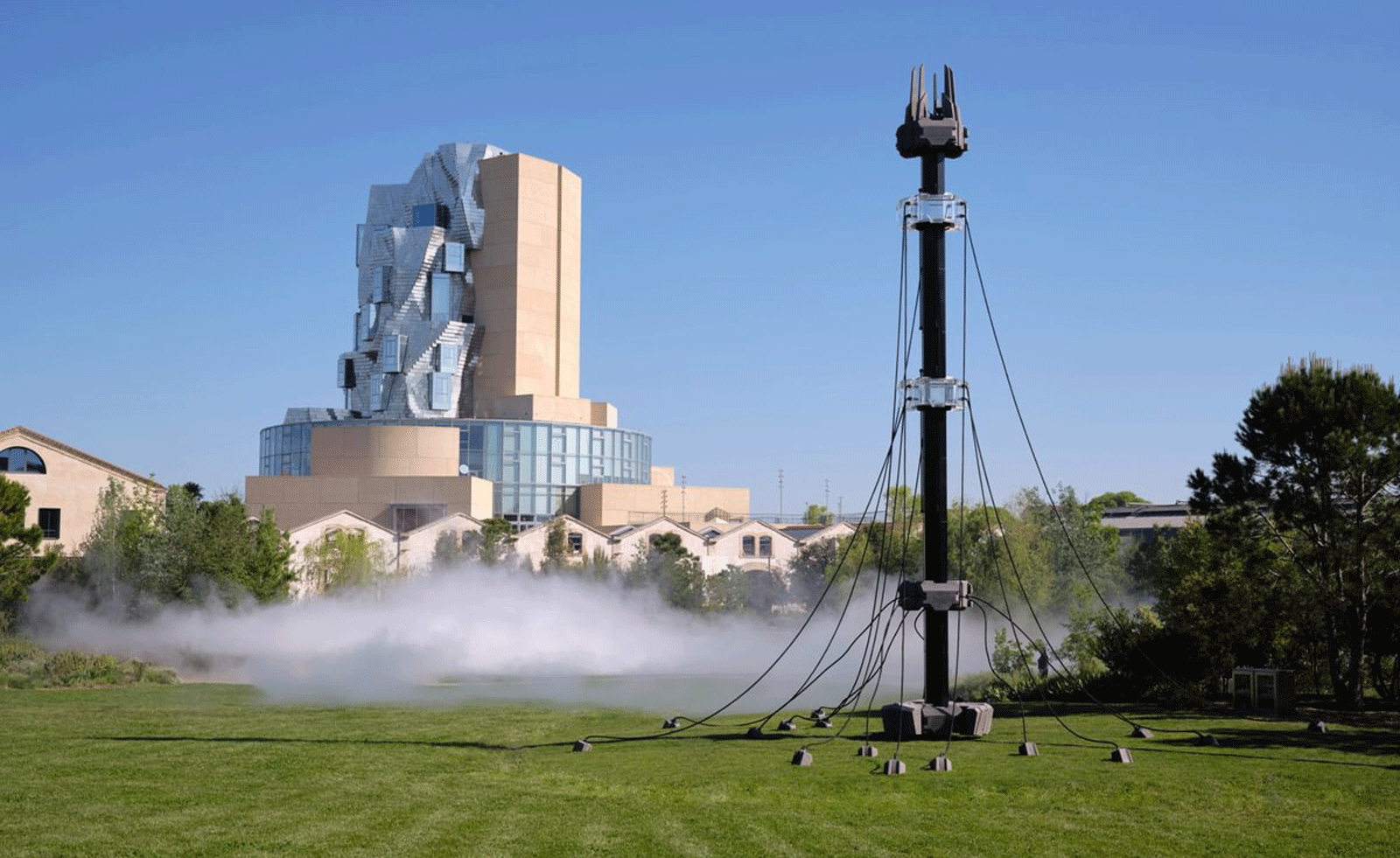 Technology, art and sculptures of fog: LUMA Arles kicks off the 2025/26 season
Technology, art and sculptures of fog: LUMA Arles kicks off the 2025/26 seasonThree different exhibitions at LUMA Arles, in France, delve into history in a celebration of all mediums; Amy Serafin went to explore
-
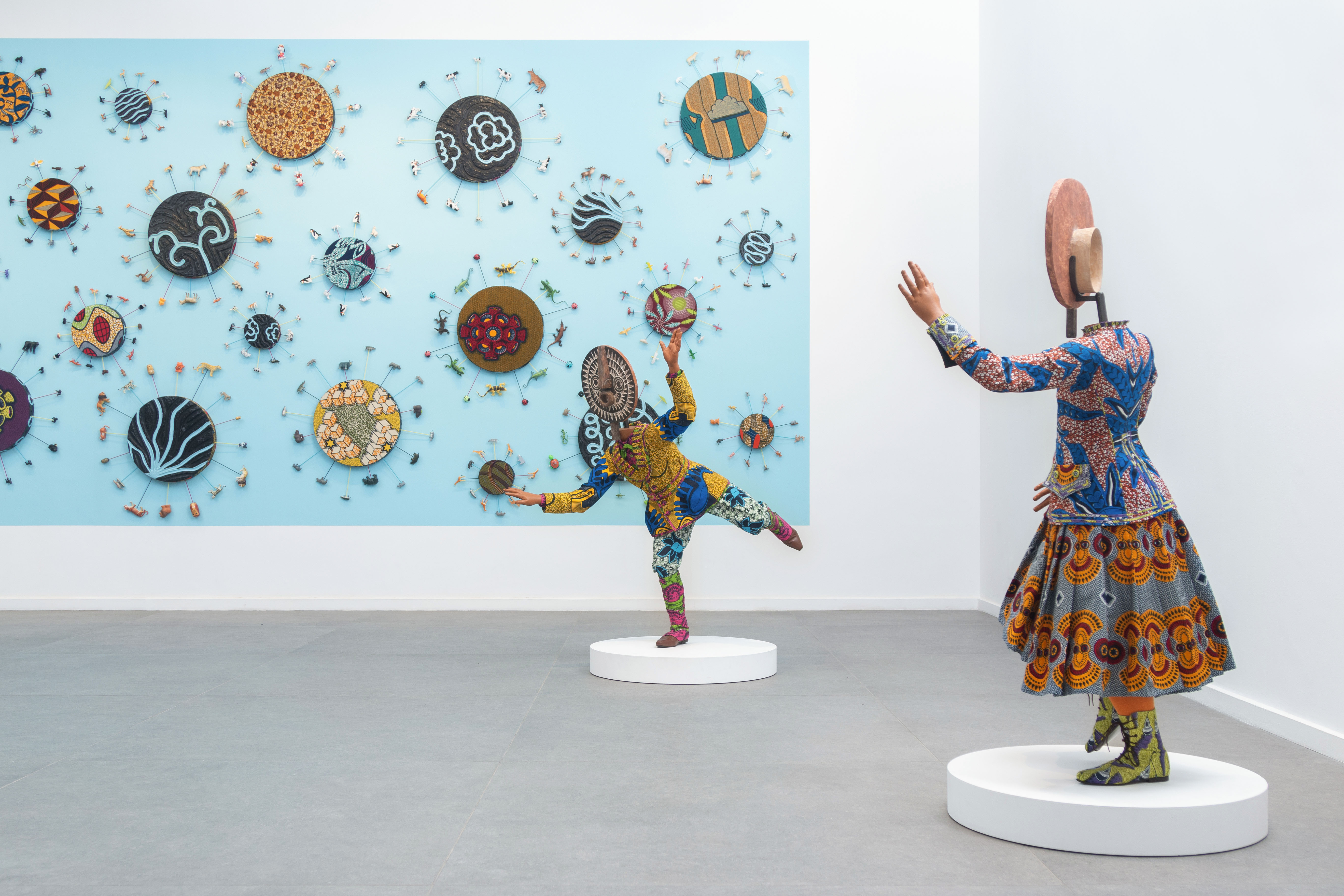 Inside Yinka Shonibare's first major show in Africa
Inside Yinka Shonibare's first major show in AfricaBritish-Nigerian artist Yinka Shonibare is showing 15 years of work, from quilts to sculptures, at Fondation H in Madagascar
-
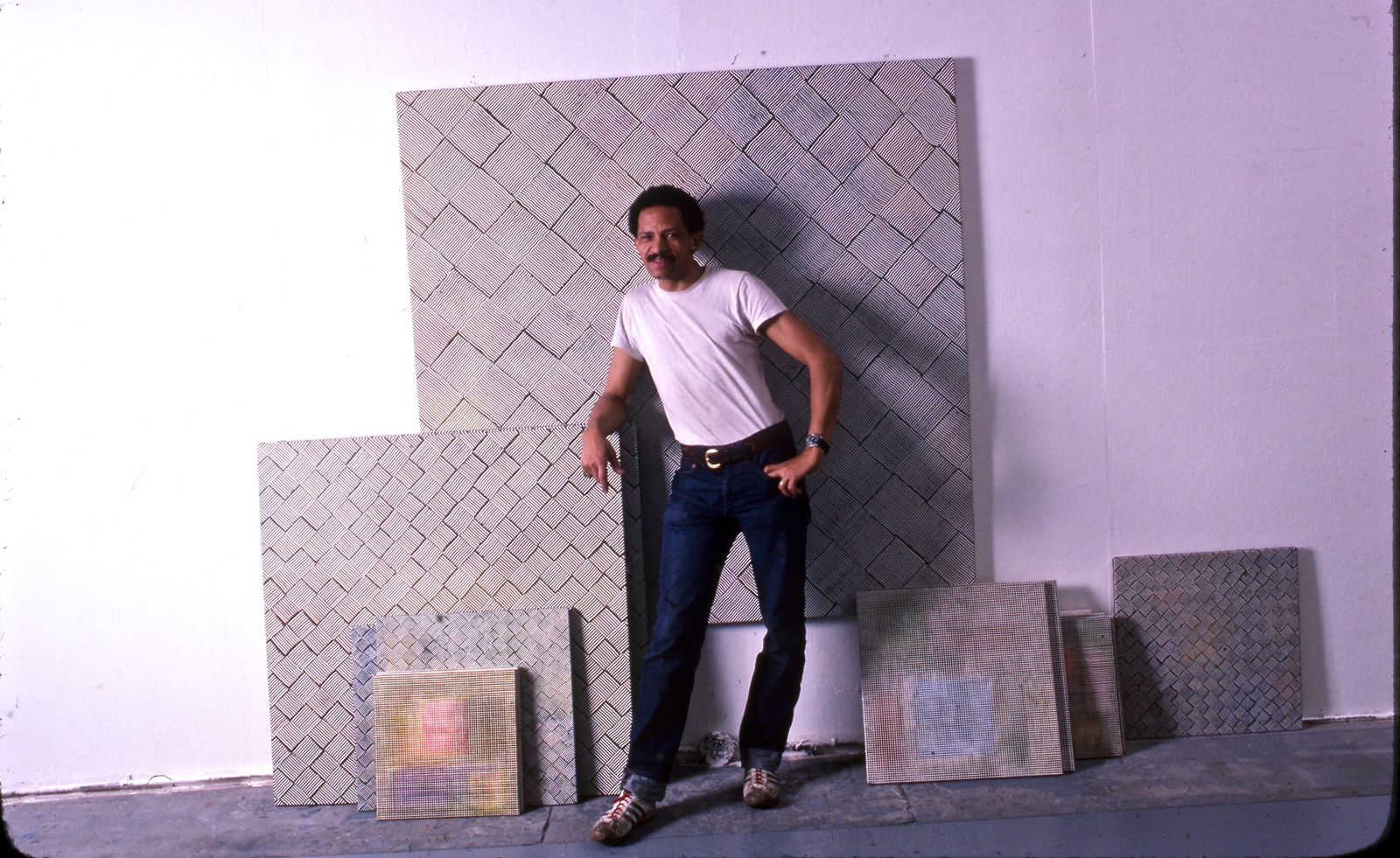 Inside Jack Whitten’s contribution to American contemporary art
Inside Jack Whitten’s contribution to American contemporary artAs Jack Whitten exhibition ‘Speedchaser’ opens at Hauser & Wirth, London, and before a major retrospective at MoMA opens next year, we explore the American artist's impact